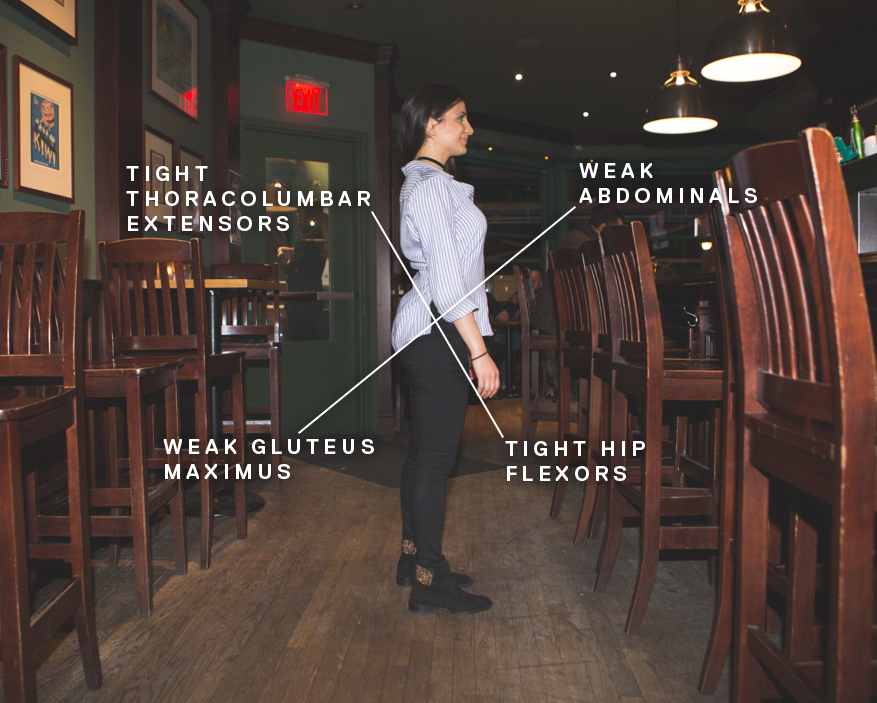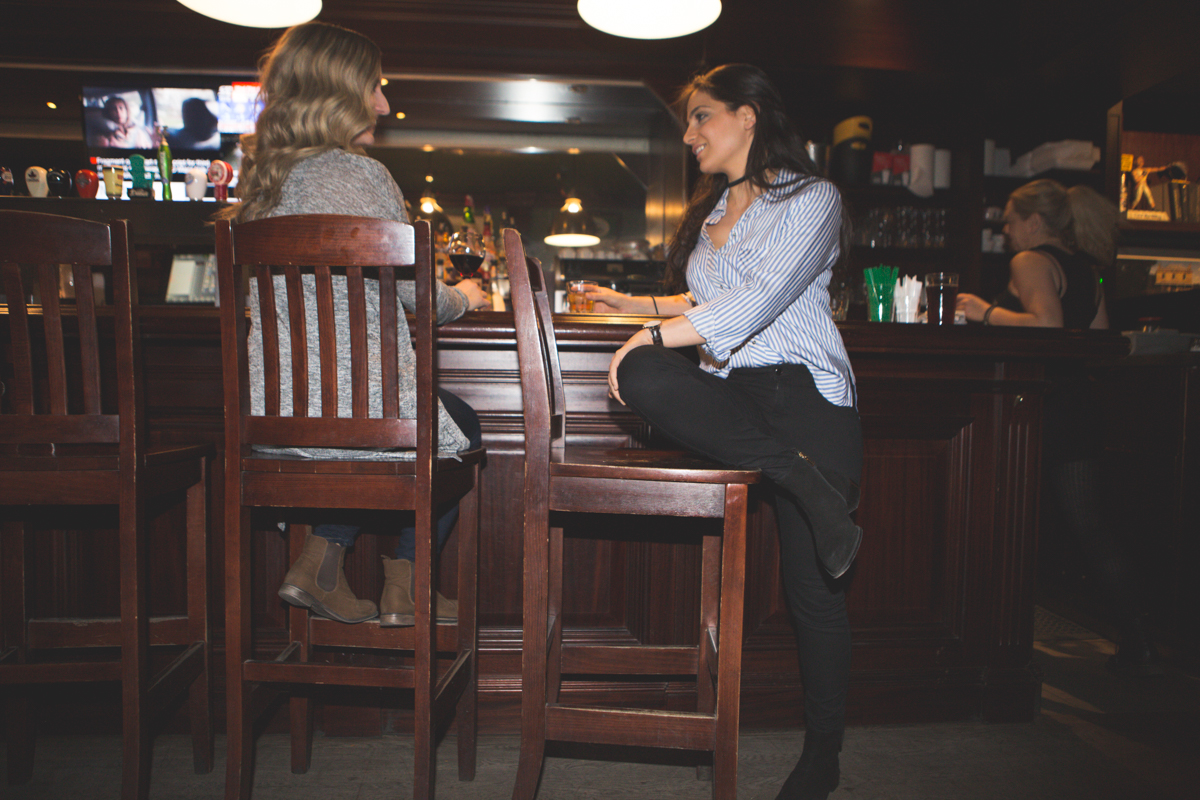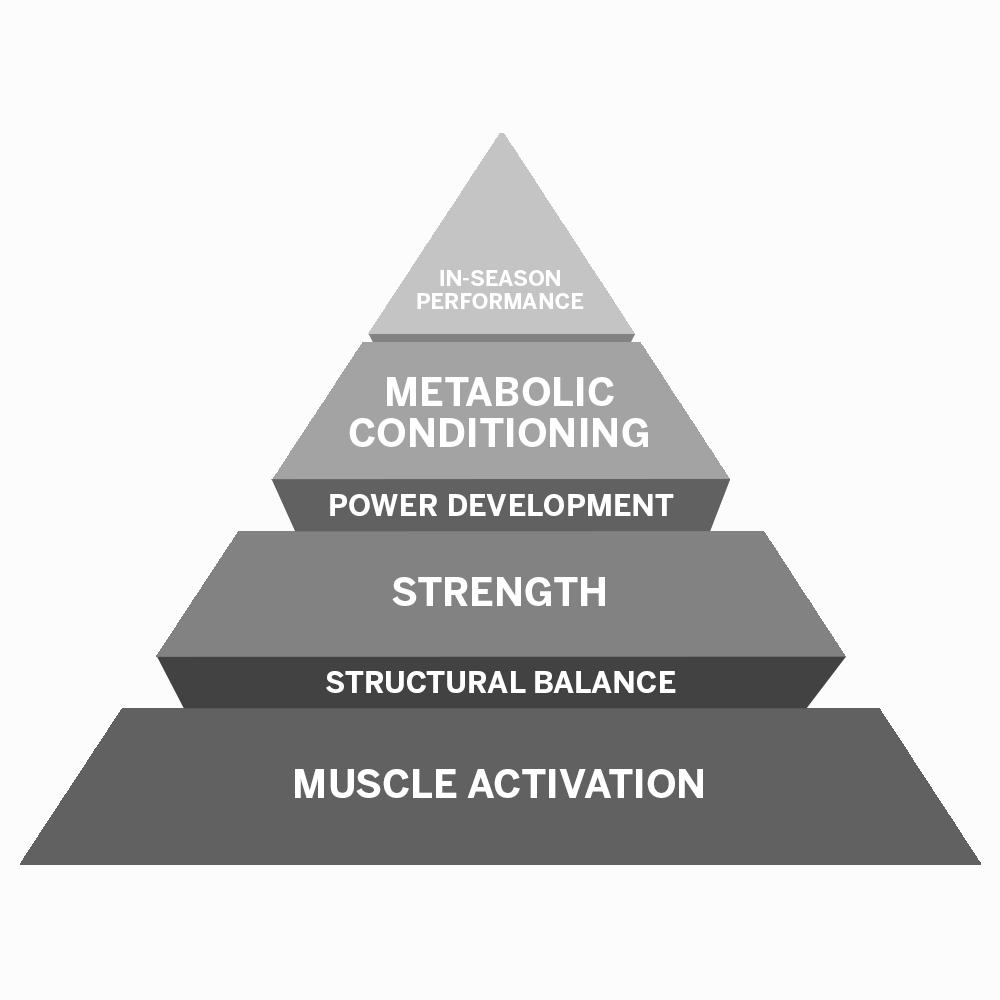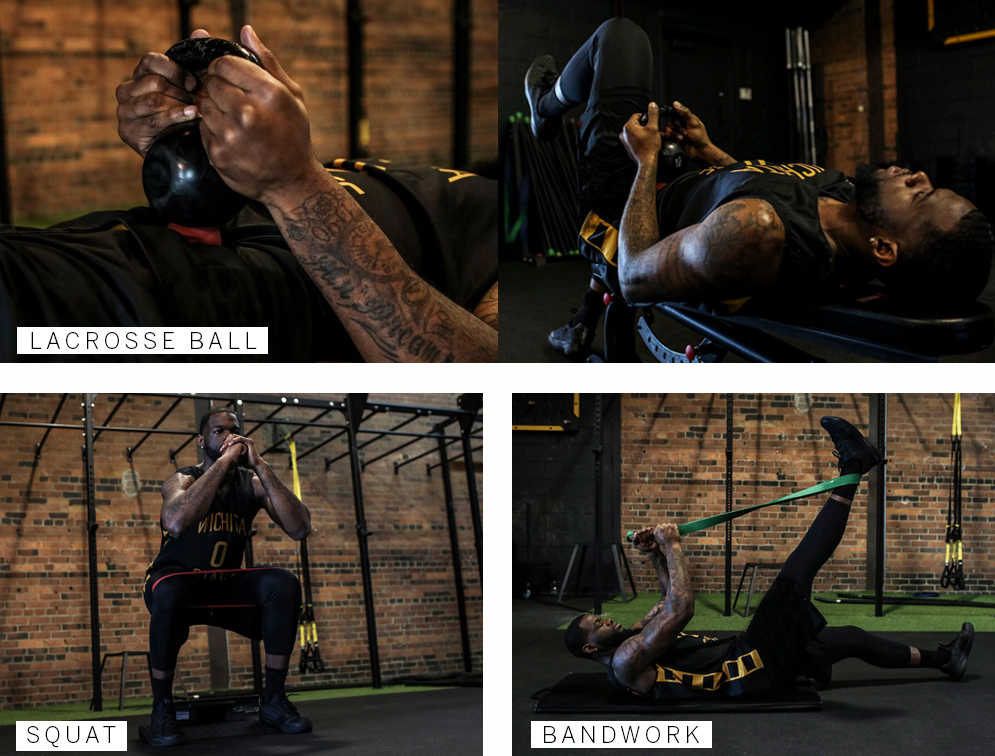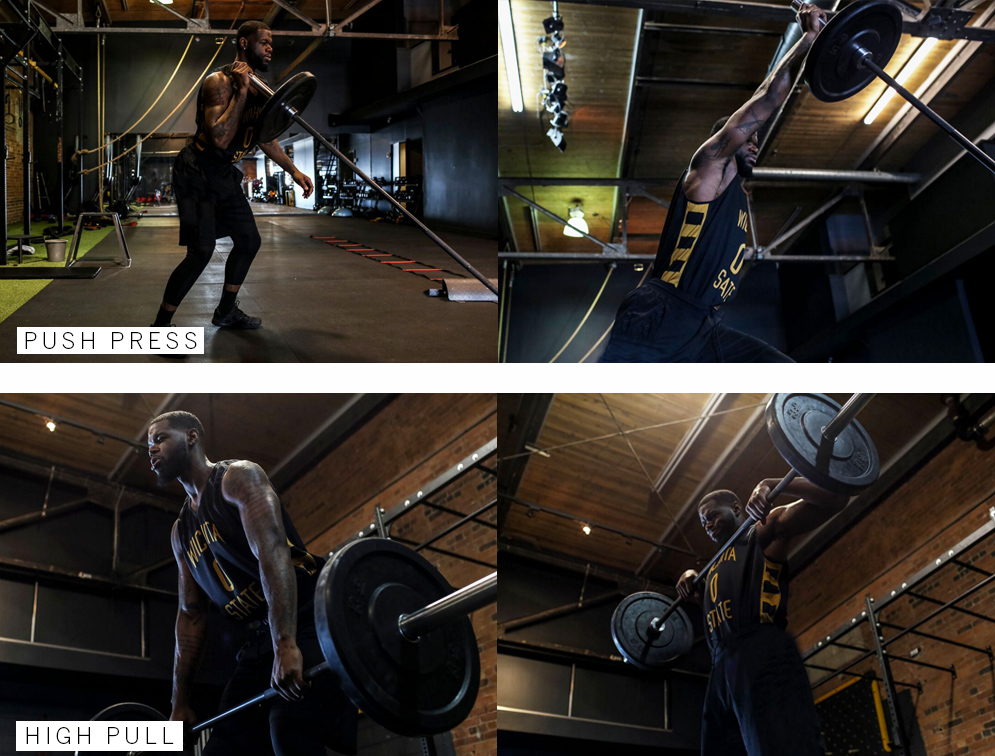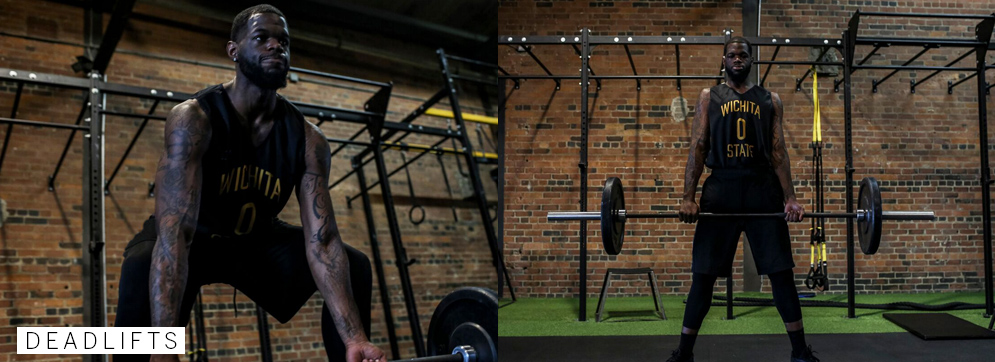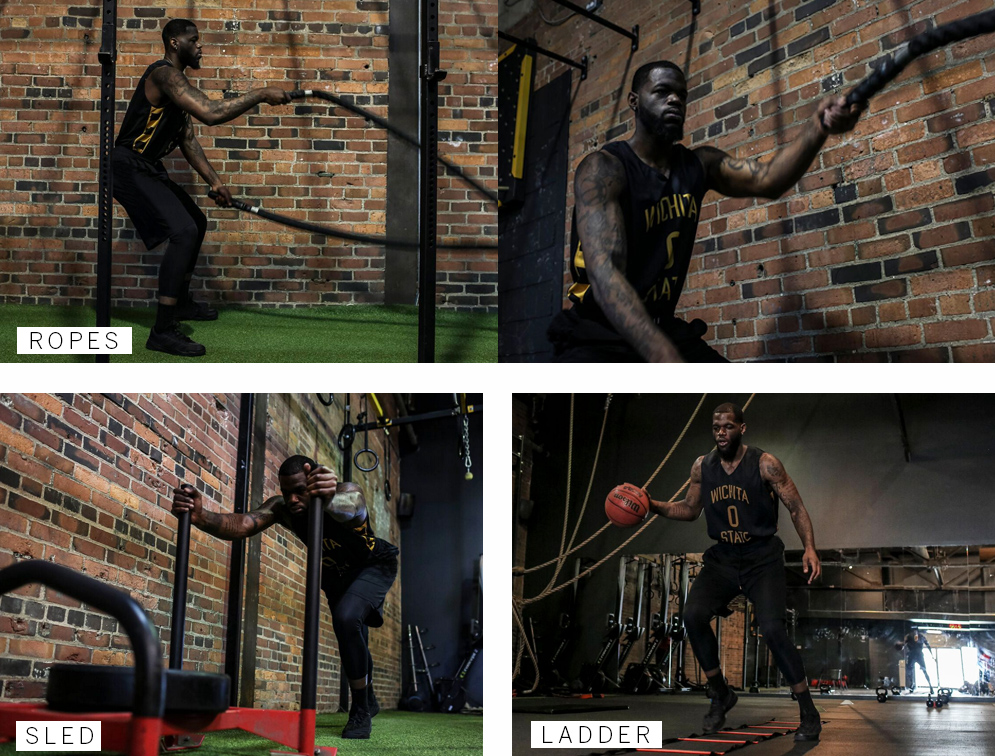Dr. Kevin’s Top 3 Drills to FutureProof Your Run
When it comes to running, preparation is key. Whether you’re a seasoned marathoner or just starting out, taking the time to warm up properly can make all the difference in your performance and longevity. To help you FutureProof your runs, here are three essential drills and stretches from Myodetox’s Dr. Kevin Marryshow.
1. Single Leg Stability
Warming up isn’t just about getting your heart rate up—it’s also about engaging the muscles you’ll rely on during your run. This first drill focuses on balance, strength, and activating key muscle groups.
How to Do It:
- Step 1: Start by driving your right knee up toward your chest. This motion activates your hip flexor.
- Step 2: As you balance on your left foot, drive your right leg behind you. It’s important to keep a slight bend in your front knee to engage your muscles properly.
- Step 3: Repeat this movement 8-10 times on each side, focusing on maintaining balance and controlled movements.
2. Split Stance Stretch
Next, let’s get into a split stance to open up the front of your body, particularly the hip flexors and abdominals. This drill also helps to prepare your mid-back and thoracic spine (T-spine) for the rotational movements involved in running.
How to Do It:
- Step 1: Step your left leg forward and your right leg back into a split stance. Slightly bend your front knee, ensuring your back leg stays straight. This position mimics the split stance you’ll be in during your run.
- Step 2: Take the opposite arm and reach across your body. This motion will open up your hip flexors and abdominals while rotating your mid-back.
- Step 3: Repeat 8-10 times each side.
3. Back Line Opener
The final drill focuses on opening up your posterior chain—the muscles that run along the back of your body, including your hamstrings, glutes, and calves.
How to Do It:
- Step 1: Step your right foot behind you, keeping your opposite heel on the ground and toes pointing up.
- Step 2: Straighten your knee and sit into your hip while reaching the opposite arm across your body. This creates a dynamic stretch from your glutes down through your hamstrings and into your calves.
- Step 3: Hold the stretch briefly.
- Step 4: Perform about 8-10 reps on each side to fully engage and prepare your muscles.
Ready, Set, Run!
These three drills are quick, effective, and essential for any runner looking to stay injury-free and perform at their best. Incorporating them into your pre-run routine will help you warm up your muscles, enhance your stability, and prepare your body for the demands of running.
Even on busy days, make time for these stretches and exercises—they’re your secret weapon for a strong, FutureProof run.
Ready to Futureproof?



